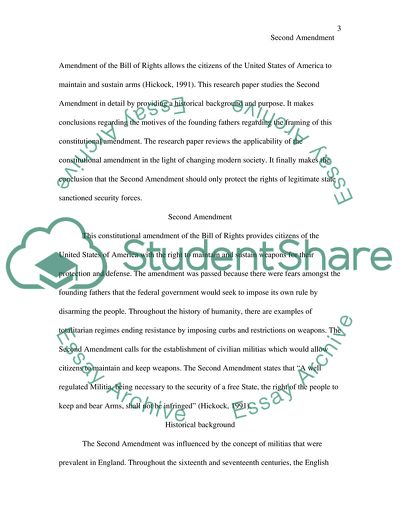Cite this document
(The Meaning of the Second Amendment Coursework Example | Topics and Well Written Essays - 1750 words - 1, n.d.)
The Meaning of the Second Amendment Coursework Example | Topics and Well Written Essays - 1750 words - 1. https://studentshare.org/law/1718257-bill-of-rights
The Meaning of the Second Amendment Coursework Example | Topics and Well Written Essays - 1750 words - 1. https://studentshare.org/law/1718257-bill-of-rights
(The Meaning of the Second Amendment Coursework Example | Topics and Well Written Essays - 1750 Words - 1)
The Meaning of the Second Amendment Coursework Example | Topics and Well Written Essays - 1750 Words - 1. https://studentshare.org/law/1718257-bill-of-rights.
The Meaning of the Second Amendment Coursework Example | Topics and Well Written Essays - 1750 Words - 1. https://studentshare.org/law/1718257-bill-of-rights.
“The Meaning of the Second Amendment Coursework Example | Topics and Well Written Essays - 1750 Words - 1”. https://studentshare.org/law/1718257-bill-of-rights.


